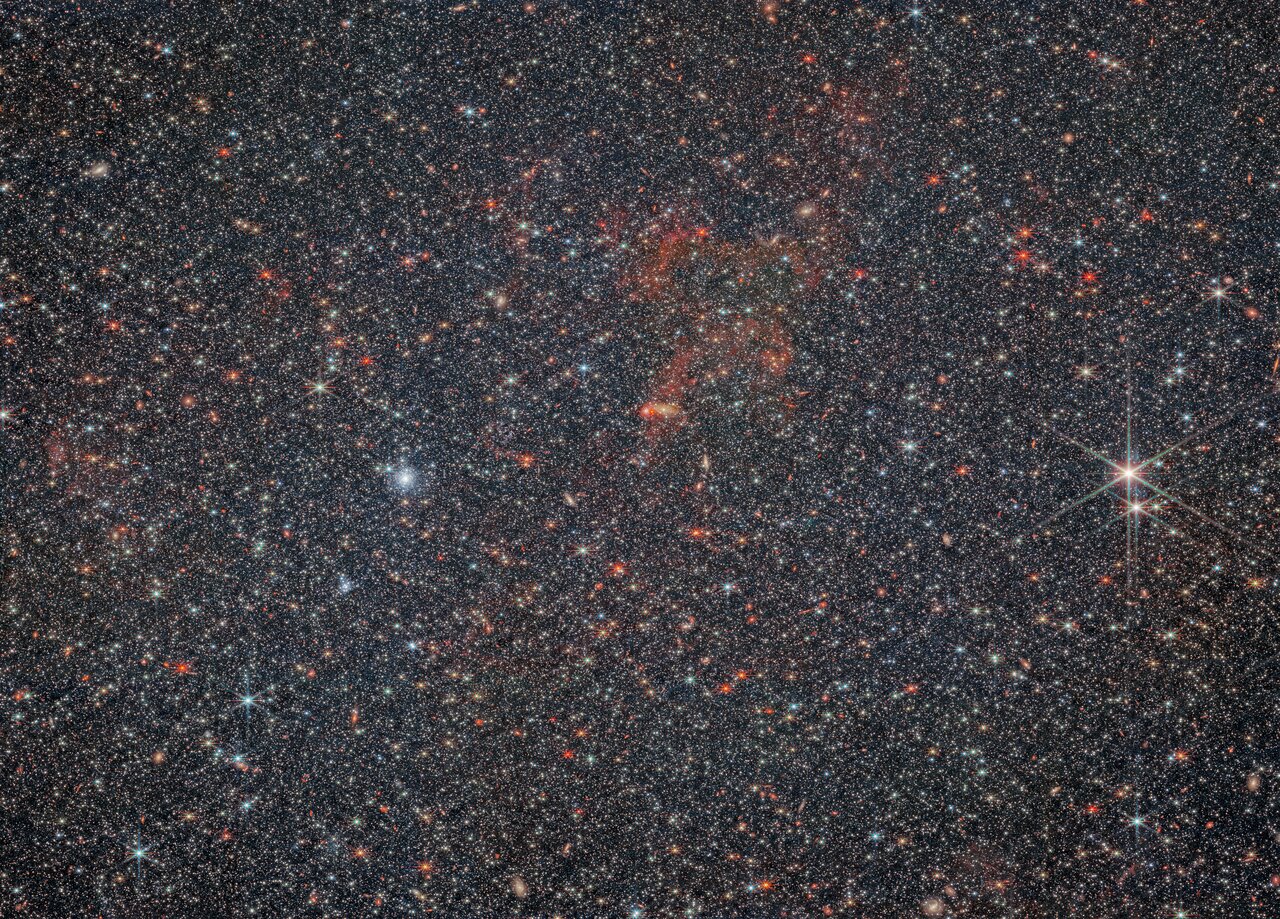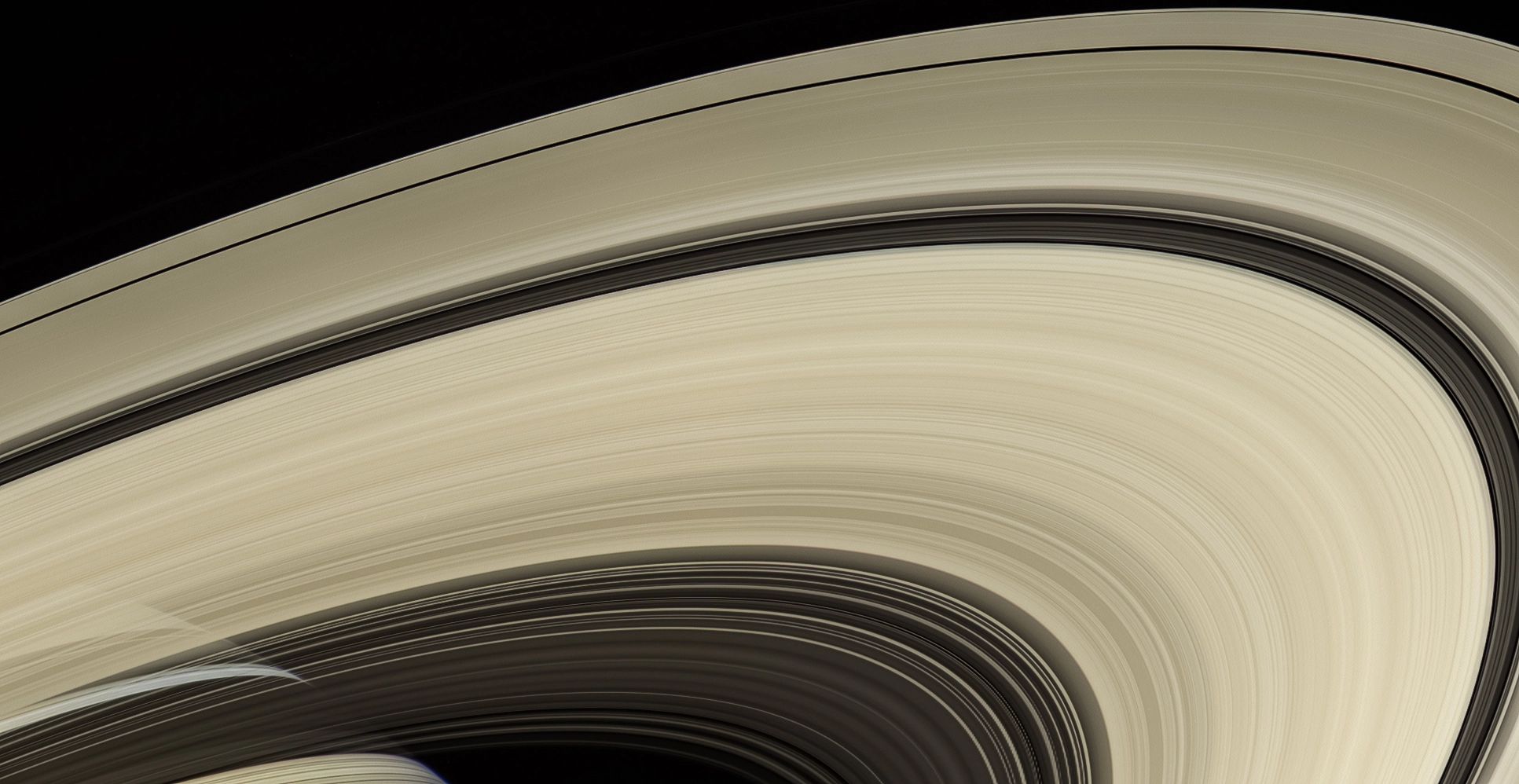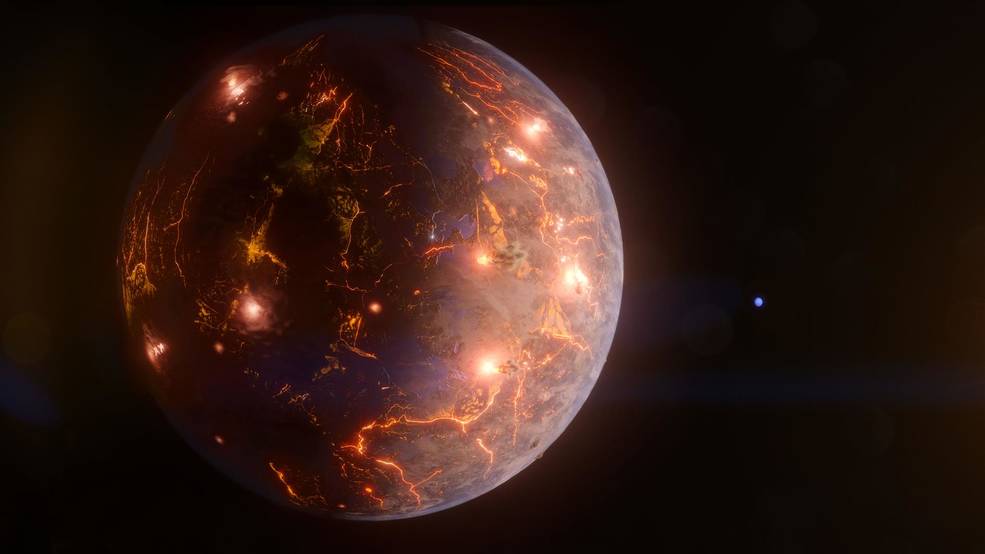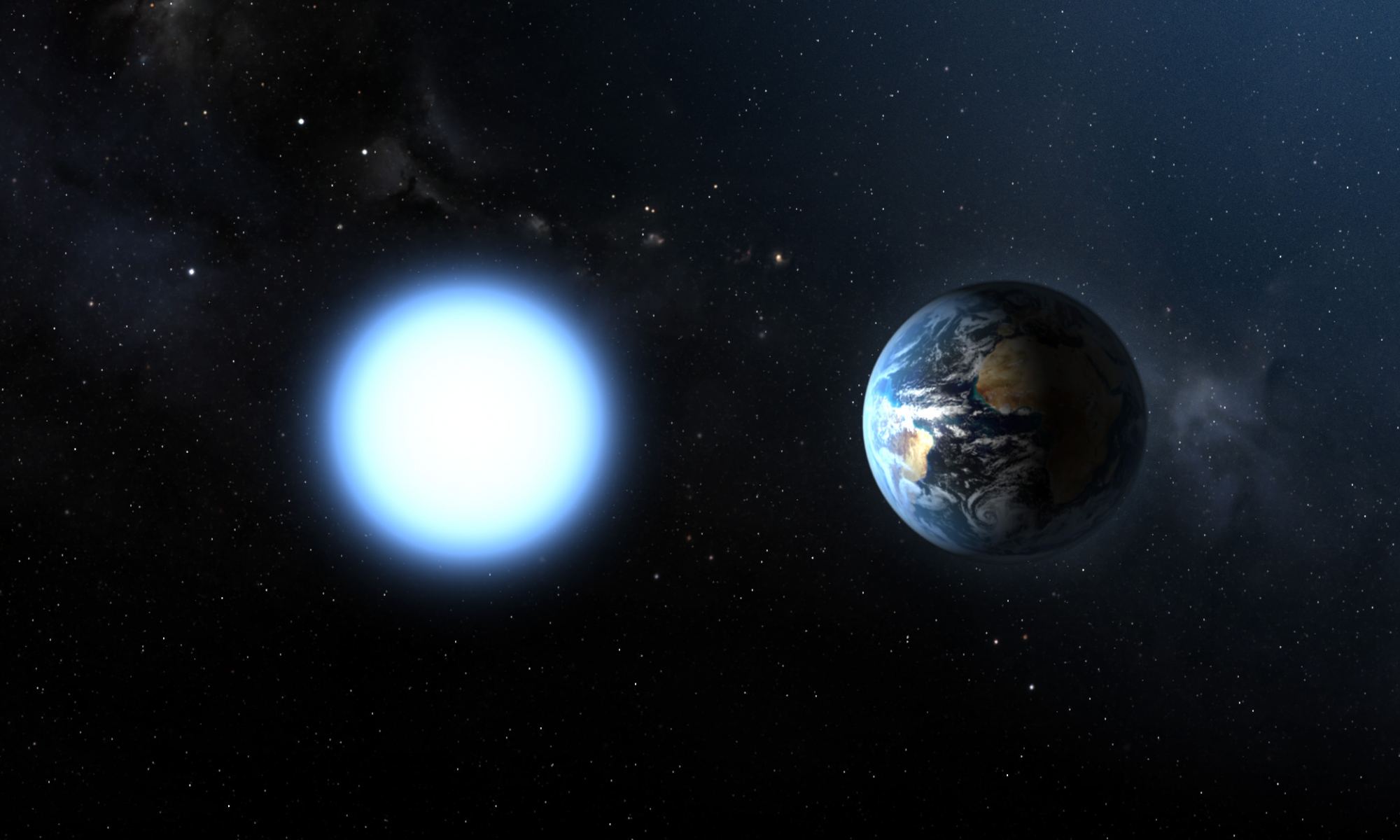Since time immemorial, humans have gazed up at the stars and wondered if we’re alone in the universe. We have asked if there are other intelligent beings out there in the vastness of the cosmos, also known as extraterrestrial intelligence (ET). Yet, despite our best efforts, we have yet to confirm the existence of ET outside of the Earth. While the search continues, it’s fair to speculate if they might look “human” or humanoid in appearance, or if they could look like something else entirely. Here, we present a general examination and discussion with astrobiologists pertaining to what ET might look like and what environmental parameters (e.g., gravity, atmospheric makeup, stellar activity) might cause them to evolve differently than humans.
Continue reading “Since Aliens Obey the Laws of Physics, Can We Guess What They Look Like?”It's Official, Antimatter Falls Down in Gravity, Not Up
It’s a basic fact we’ve all learned in school. Drop any object, be it a baseball, feather, or cat, and it will fall toward the Earth at exactly the same rate. The cat will fortunately land on its feet thanks to a bit of feline grace, but the point is that everything falls at the same rate under gravity. It doesn’t matter what an object is made of, or how heavy it is. While we’ve all been taught this fact, calling it a fact was, until recently, a bit of a lie.
Continue reading “It's Official, Antimatter Falls Down in Gravity, Not Up”A New Planet-Hunting Instrument Has Been Installed on the Very Large Telescope

Exoplanet studies have come a long way in a short time! To date, 5,523 exoplanets have been confirmed in 4,117 systems, with another 9,867 candidates awaiting confirmation. With all these planets available for study, exoplanet researchers have been shifting their focus from detection to characterization – i.e., looking for potential signs of life and biological activity (biosignatures). Some major breakthroughs are expected in the coming years, thanks in part to next-generation observatories like NASA’s James Webb and Nancy Grace Roman Space Telescope and the ESA’s PLAnetary Transits and Oscillations of stars (PLATO) mission.
Several ground-based facilities will also be vital to the characterization of exoplanets, like the Extremely Large Telescope (ELT), the Giant Magellan Telescope (GMT), and the Thirty Meter Telescope (TMT). But there are also existing observatories that could be upgraded to perform vital exoplanet research. This idea was explored in a recent paper by an international team of astronomers, who presented the first light results of the High-Resolution Imaging and Spectroscopy of Exoplanets (HiRISE) recently installed on the ESO’s Very Large Telescope (VLT) – not to be confused with the High-Resolution Imaging Science Experiment camera on NASA’s Mars Reconnaissance Orbiter (MRO).
Continue reading “A New Planet-Hunting Instrument Has Been Installed on the Very Large Telescope”Dark Matter Could Be Annihilating Inside White Dwarfs
As the search for dark matter particles continues to yield nothing, astronomers continue to look at ways these elusive particles might be found. One general method is to look for evidence of dark matter particle decay. Although dark matter doesn’t interact strongly with regular matter, some dark matter models predict that dark matter particles can interact with each other, causing them to decay into regular particles. There have been several searches for this effect, but there’s no clear evidence yet. But a new study suggests looking at white dwarfs could be a good approach.
Continue reading “Dark Matter Could Be Annihilating Inside White Dwarfs”Lose Yourself in the JWST’s Exquisite Image of Barnard’s Galaxy

There may come a day when we grow weary of JWST images. But it’s not today. Today, we can lose ourselves in the space telescope’s engrossing image of NGC 6822, also called Barnard’s Galaxy.
Continue reading “Lose Yourself in the JWST’s Exquisite Image of Barnard’s Galaxy”Want to Safely Watch the Sun With a Large Group? Get a Disco Ball

The upcoming solar eclipses and the current high sunspot activity means it’s a great time to observe the Sun. Eclipses also mean that large groups of people will be together to view these events. However, rule #1 for astronomy is to never look at the Sun with unprotected eyes, especially with a telescope or binoculars.
So, how can you safely show the changing Sun to a large group of people without having them line up forever to look through a telescope with a solar filter, or having a lot of equipment?
A group of astronomers have a solution: Get a disco ball.
Continue reading “Want to Safely Watch the Sun With a Large Group? Get a Disco Ball”Colliding Moons Might Have Created Saturn’s Rings

If we could wind the clock back billions of years, we’d see our Solar System the way it used to be. Planetesimals and other rocky bodies were constantly colliding with each other, and new objects would coalesce out of the debris. Asteroids rained down on the planets and their moons. The gas giants were migrating and contributing to the chaos by destroying gravitational relationships and creating new ones. Even moons and moonlets would’ve been part of the cascade of collisions and impacts.
When nature crams enough objects into a small enough space, it breeds collisions. A new study says that’s what happened at Saturn and created the planet’s dramatic rings.
Continue reading “Colliding Moons Might Have Created Saturn’s Rings”Is it Life, or is it Volcanoes?

Astronomers are working hard to understand biosignatures and how they indicate life’s presence on an exoplanet. But each planet we encounter is a unique puzzle. When it comes to planetary atmospheres, carbon is a big piece of the puzzle because it has a powerful effect on climate and biogeochemistry. If scientists can figure out how and where a planet’s carbon comes from and how it behaves in the atmosphere, they’ve made progress in solving the puzzle.
But one of the problems with carbon in exoplanet atmospheres is that it can send mixed signals.
Continue reading “Is it Life, or is it Volcanoes?”If Earth is Average, We Should Find Extraterrestrial Life Within 60 Light-Years

In 1960, while preparing for the first meeting on the Search for Extraterrestrial Intelligence (SETI), legendary astronomer and SETI pioneer Dr. Frank Drake unveiled his probabilistic equation for estimating the number of possible civilizations in our galaxy – aka. The Drake Equation. A key parameter in this equation was ne, the number of planets in our galaxy capable of supporting life – aka. “habitable.” At the time, astronomers were not yet certain other stars had systems of planets. But thanks to missions like Kepler, 5523 exoplanets have been confirmed, and another 9,867 await confirmation!
Based on this data, astronomers have produced various estimates for the number of habitable planets in our galaxy – at least 100 billion, according to one estimate! In a recent study, Professor Piero Madau introduced a mathematical framework for calculating the population of habitable planets within 100 parsecs (326 light-years) of our Sun. Assuming Earth and the Solar System are representative of the norm, Madau calculated that this volume of space could contain as much as 11,000 Earth-sized terrestrial (aka. rocky) exoplanets that orbit within their stars’ habitable zones (HZs).
Continue reading “If Earth is Average, We Should Find Extraterrestrial Life Within 60 Light-Years”NASA Opens the Lid on OSIRIS-REx's Sample Capsule

On Sunday, September 23rd, the Sample Retrieval Capsule (SRC) from NASA’s OSIRIS-REx mission landed in the Utah desert. Shortly thereafter, recovery teams arrived in helicopters, inspected and secured the samples, and flew them to the Utah Test and Training Range (UTTR). On Monday, the sample canister was transferred to the Astromaterials Research and Exploration Science Directorate (ARES) in Houston, Texas. Yesterday, on Tuesday, September 26th, NASA announced that the process of unsealing and removing the samples from the canister had begun with the removal of the initial lid.
Continue reading “NASA Opens the Lid on OSIRIS-REx's Sample Capsule”


